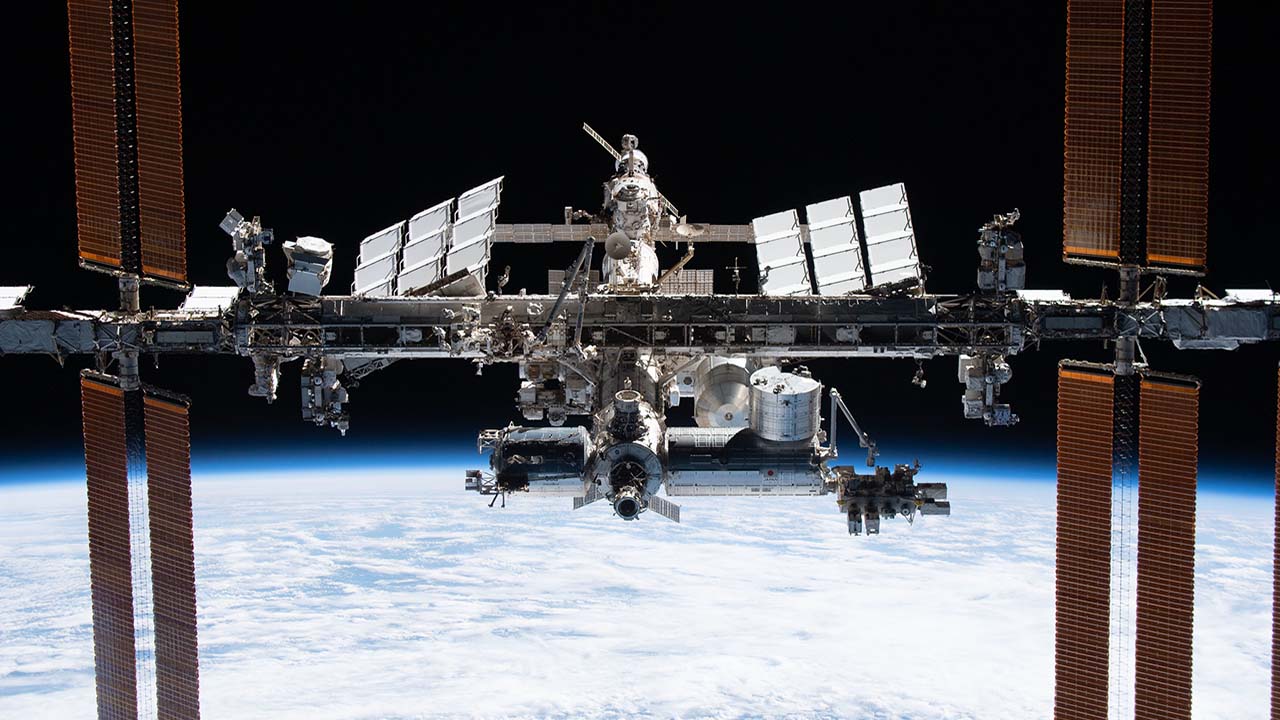More than 4 billion people worldwide—which is greater than half the Earth’s population—use Procter & Gamble (P&G) household products every day.
The latest formulation of P&G’s Febreze Unstopables Touch Fabric Spray not only is one of those products but also benefits from research sponsored by the International Space Station (ISS) National Laboratory. According to P&G researcher Matt Lynch, the product, which now features touch-activated scent release technology, is the first P&G product to incorporate materials based on the company’s space-based research.
Many of P&G’s products, ranging from shampoos and detergents to medicines and more, are comprised of mixtures of tiny particles suspended in a liquid. These mixtures are called colloids. In an effort to improve product design, P&G has teamed up with the ISS National Lab and NASA to study how colloids behave in space.

Confocal image stack showing 3D colloidal structure
Media Credit: Image courtesy of Procter and Gamble
On Earth, gravity causes some of the particles in colloids to sink, while others rise. In microgravity, however, this type of buoyancy-driven fluid movement is reduced. Studying the interactions of the particles in the absence of gravity enables researchers to not only improve current products but also create new ones. The P&G Febreze product mentioned above is an example of a product that benefitted from research in the microgravity environment of the ISS.
“This product looks and feels like water,” Lynch said, “but it has these special microscopic capsules in it that contain perfume.”
He explained that the perfume capsules help to distribute a small burst of freshness whenever people rub their hand on or walk over something that has been sprayed with the product. The idea is that the spray would create a nice sensory experience for consumers and mitigate offensive smells simply with a touch of the hand.
For the product to work like it should, researchers had to create microstructures and suspend them in the fluid. The key question was how to keep the structures suspended for long periods of time while the product sat on stores shelves.
“Most products that have these dispersed particles tend to separate, like salad dressing, where you have to shake the heck out of it to be able to use it,” Lynch said. “The tricky part is figuring out how to keep them from doing so.”
Here’s where microgravity comes in: By sending these mixtures to the space station, the research team could better understand the fundamental forces at play. “We’ve been able to look at our system on a particle-by-particle basis in order to better design the structures in these products,” Lynch said.
This is the first example of a P&G product that directly benefitted from research on the ISS. However, Lynch says that in the future, more of P&G’s biggest brands could benefit from space-based research, and the findings could lead to improved products for consumers. “If you think about the number of people that use our products, we’re making a significant contribution that will help a lot of people.”







